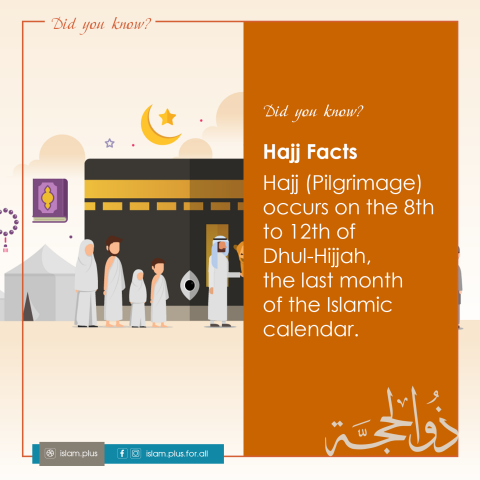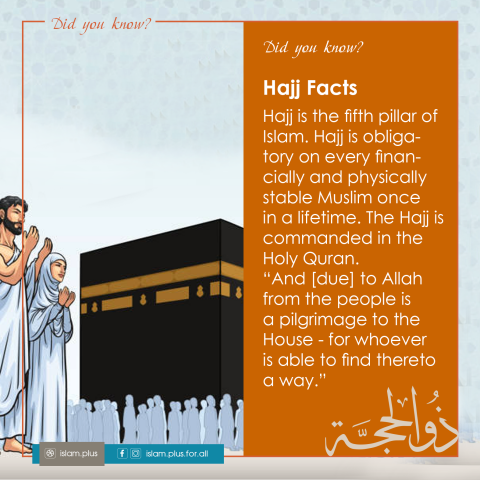
1616 deserves attention as the year in which William Shakespeare and Miguel de Cervantes died—it also saw the first sustained and documented contact between the Islamic world and Britain.
The life of Britain’s most celebrated writer coincided with significant diplomatic relations between Protestant England and Muslim dynasties in Morocco, the Ottomans and the Safavids of Iran. As trade routes opened up and Queen Elizabeth I courted new alliances, dramatic ideas about Muslims seeped into society. Britons were fascinated and alarmed simultaneously; between 1576 and 1603 more than 60 plays featuring Muslims in the guise of Turks, Moors or Persians featured on London’s stages.
Across his canon, Shakespeare offers a multifaceted view of Islam. His knowledge of the intricacies of the religion itself is sparse—he makes only one explicit reference to the Prophet Muhammad, in “Henry VI”—yet this is hardly surprising, given that the first English translation of the Koran emerged in 1649. Shakespeare appropriates Islam for Protestant causes, aligning the false prophecy of Muhammad with the inspired Joan of Arc;
Was Mahomet inspired with a dove?
Thou with an eagle art inspired then…
How may I reverently worship thee enough?
Joan of Arc’s inspiration seems like an endorsement of Christian superiority. Yet Shakespeare is aligning a French Catholic with the false prophecy and “idolatry” of Islam (an existent myth at the time was Muhammad formed part of a trinity with Apollo); it is a clear example of Shakespeare manipulating sectarian divisions for a Protestant audience.
Shakespeare’s first fully-fleshed out Muslim character emerges in “Titus Adronicus”. In his most violent play, Aaron the “blackamoor” is a typical representation of villainy; he is an unrepentant outsider, refusing to collude in social codes by his “murders, rapes and massacres | Acts of black night”. Aaron’s religious identity and race are indivisible, he is presumed to “have [a] soul black like his face”.
Yet Aaron is not a simple embodiment of the period’s prejudices. Though he is the “chief architect and plotter of [the play’s] woes”, he is also alarmingly eloquent and elicits sympathy when he rebuffs accusations about his beliefs. Shakespeare even suggests that it is society’s racism that drives characters to evil. The nurse refers to his child in dehumanising terms—a “joyless, dismal, black and sorrowful issue”—to which Aaron angrily retorts: “Zounds ye whore! Is black so base a hue?” The Elizabethan audience, who heretofore may have agreed with the nurse’s perspective, are directly invited to question their beliefs.
Shakespeare offers a less villainous Muslim character in “The Merchant of Venice”. The Prince of Morocco is lined up among Europeans as one of Portia’s potential husbands, yet she is disgusted by his skin colour (“If he have the condition of a saint and the complexion of a devil, I had rather he should shrive me than wive me”). He implores his would-be wife to “mislike [him] not for [his] complexion | The Shadowed livery of the burnished sun” and to view him instead as a man of accomplishment “that slew…a Persian prince | That won three fields of Sultan Solyman”. Shakespeare’s choice of language—“livery”, associated with the uniform of those in servitude—again suggests the inevitable degradation suffered by these Muslim characters.
Yet Othello is unavoidably Shakespeare’s most nuanced attempt at a Muslim character. A general in the Venetian army, he is repeatedly praised by his peers as “a very gallant man”, “noble” and “valiant” and he speaks in eloquent blank verse. It is mostly Iago, the villain of the play, who refers to him as a “Moor” and in debasing terminology; it is he who refers to his sexual relationship with Desdemona as “an old black ram tupping…[a] white ewe”, where the word “tupping” is reserved for the copulation of animals. He continues this animalistic train of thought to Brabantio, Desdemona’s father, by saying “your daughter [is] covered with a Barbary horse / you’ll have nephews neigh to you." Critics such as Jean Howard suggest that Shakespeare necessarily had Desdemona die, not due to the limits of the tragic form but because she had crossed a sacred social barrier in marrying outside her social and ethnic milieu. In Elizabethan drama, the sexual transgression of “miscegenation” was punishable only by death.
Othello himself struggles to reconcile his race, religion and position in Venetian society. In his final lines before committing suicide, he sees himself comparable to the base Indian, [who] threw a pearl away...
Drop tears as fast as Arabian trees
Their medicinal gum. Set you down this,
And say besides that in Aleppo once,
Where a malignant and turbaned Turk
Beat a Venetian and traduced the state,
I took by th’ throat the circumcised dog
And smote him—thus!
Othello denigrates himself as a “base Indian” who didn’t understand the value of his “pearl” Desdemona (once again bound up in racial language), yet goes on to distance himself from his Moorish heritage by reasserting his allegiance to Venice in smiting the “malignant and turbaned Turk”. By then killing himself, he proclaims himself comparable to a dog or a Turk. As Professor Jerry Brotton of Queen Mary University notes, Othello is an embodiment of coexisting yet contradictory relations with the Islamic world.
Shakespeare, as proven time and again in other fields, was ahead of his time in his sensitivity to the Islamic world and its inhabitants. Of course, his plays reveal his own set of prejudices, fascinations and contradictions, but over the course of his career the myth of the bloodthirsty Muslim is eclipsed by a more sensitive depiction in Othello—a change possibly influenced by the visit of Morocco’s ambassador to London in 1600. In our present day, where skewed misconceptions about Islam in Europe is the norm, there is much Shakespeare can teach us about who and what we identify with.
Source: The Economist


 Quran
Quran






Add new comment